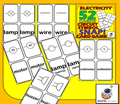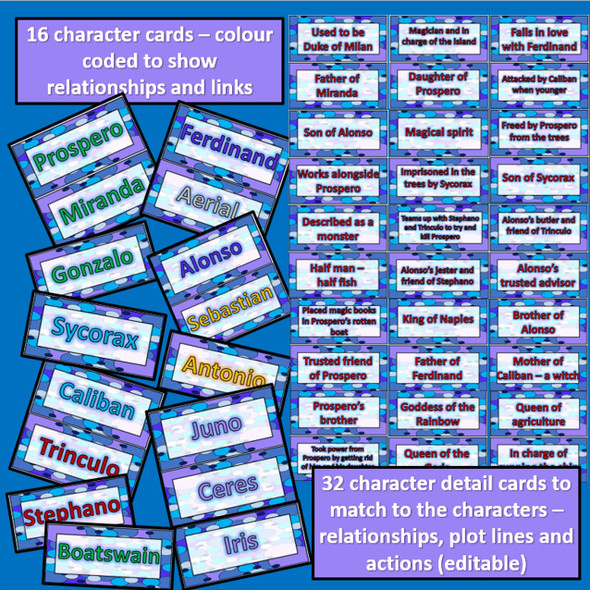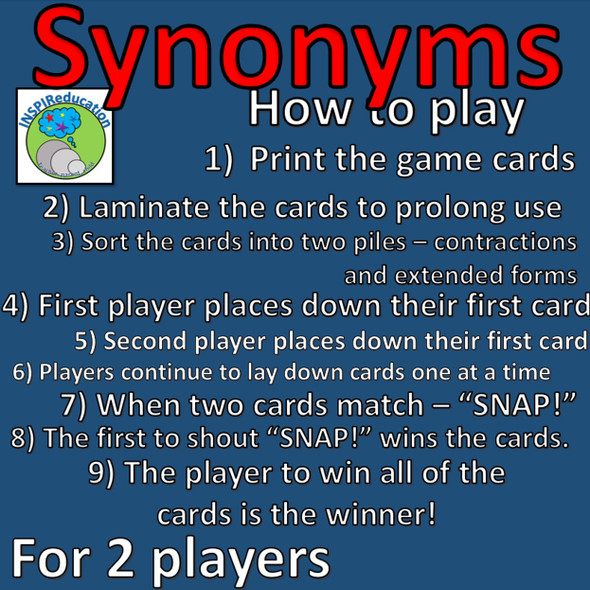Description
We have produced this game of SNAP! using 13 common electrical circuit component images and their associated names placed onto 52 playing cards. The aim of the resource is for students to recognize quickly, and be able to name electrical components when working in the study unit of electricity in science sessions.
The visual components included are ideal for 4th - 6th grade when learning about electrical circuits, creating their own and investigating components, their roles and how they can be used in circuits. The 13 images and labels included in the game are:
- ammeter
- motor
- lamp (on and off) (2 posters)
- closed and open switch (2 posters)
- resistor
- cell and battery (2 posters)
- wire
- voltmeter
- bell
- buzzer
The game is easy to prepare - simply download, print, laminate to ensure the longevity of the resource, cut and then play. Full instructions are included within the resource - however, your students will soon develop their own, more challenging versions of the game, ensuring they are learning their science as they play!
Great for Science Centers too!
Instructions for the game:
Number of players – 2 to 4
Solo play can be done using a simple matching/memory game where the cards are turned face down and the students must match the image to the name (or another image).
Preparation
Print out the game cards. Laminate to ensure a longer life, then cut each of the cards out leaving a small border around the thick black edge.
Playing the game
Deal the cards out between each of the players.
Decide on who is going to go first. First player lays down their first card, quickly followed by the second player and so on. Each card is placed on top of the last.
If the card laid down is the same as the card preceding it, the first player to shout “SNAP!” wins the cards. They then start the next round by laying down the first card.
Players are out if they lose all of their cards. The winner is the first player to collect all cards.
There are many variations of this game and your students may want to change the rules, play their own variations etc. Ultimately, the teaching objective is to learn the symbols and names of electrical circuits. This is done through playing this exciting and fast paced game.
Best wishes
INSPIReducation
















